The colon is a part of the gastrointestinal tract. Its primary function is to absorb water and salt from solid waste before it is eliminated from the body in a form of feces. Furthermore, the colon contains plenty of bacteria in charge of fermentation of unabsorbed material. The colon does not participate in absorption of nutrients as it is the case with the small intestine. Still, it is an essential part in terminal processing of feces and final absorption of water, potassium and some fat soluble vitamins.
Anatomy of the Colon
The colon comprises of several parts: the ascending colon, the transverse colon, the descending colon and the sigmoid colon. The organ is around 4.5 feet long and approximately 2.5 inches wide. It is a sort of a tube made of muscles, connective tissue, blood vessels, nerves and lymphatic tissue. The transfer of food through the colon is achieved by specific contraction and relaxation of the colon muscles (peristalsis). The inner surface of the colon is made of the villi, tiny finger-like projections that protrude from the epithelial lining and are responsible for absorption.
- The large intestine has 3 primary functions: absorbing water and electrolytes, producing and absorbing vitamins, and forming and propelling feces toward the rectum for elimination.
- By the time indigestible materials have reached the colon, most nutrients and up to 90% of the water has been absorbed by the small intestine.
- The role of the ascending colon is to absorb the remaining water and other key nutrients from the indigestible material, solidifying it to form stool. The descending colon stores feces that will eventually be emptied into the rectum. The sigmoid colon contracts to increase the pressure inside the colon, causing the stool to move into the rectum. The rectum holds the feces awaiting elimination by defecation.
- The intestinal wall is made up of multiple layers. The 4 layers of the large intestine from the lumen outward are the mucosa, submucosa, muscular layer, and serosa. The muscular layer is made up of 2 layers of smooth muscle, the inner, circular layer, and the outer, longitudinal layer. These layers contribute to the motility of the large intestine.
- There are 2 types of motility present in the colon, haustral contraction and mass movement. Haustra are saccules in the colon that give it its segmented appearance. Haustral contraction is activated by the presence of chyme and serves to move food slowly to the next haustra, along with mixing the chyme to help with water absorption. Mass movements are stronger and serve to move the chyme to the rectum quickly.
The ascending, transverse and descending colon are named after their location in the abdominal cavity. The initial part of the colon, the ascending colon, starts from the cecum and goes upwards on the right side of the abdomen to the hepatic flexure. The transverse colon starts from the hepatic flexure and goes to the splenic flexure i.e. lower surface of the spleen. It actually connects the right side of the colon with the left side of the descending colon. The descending colon starts from the splenic flexure and it continues with the sigmoid colon, the terminal part of the organ. The very name sigmoid refers to the shape of the terminal part of the colon. The sigmoid colon is S-shaped.
Physiology of the Colon
The large intestine in general, including the colon, is in charge of storing waste, reclaiming water, maintaining the optimal amount of water, absorbing some vitamins (for example vitamin K) and it represents a place where fermentation by specific flora is performed.
By the time the chyme reaches the colon approximately 90% of water has actually been absorbed. The remnant parts of the food contain certain electrolytes (sodium, magnesium and chloride) and ingestible food particles. What follows is moving of the chyme and further absorption of water. The colon content is also mixed with mucus and bacteria normally found in the colon. The process eventually leads to formation of feces. Feces is initially liquid but further absorption of water causes hardening of the liquid feces and it eventually becomes solid. Bacteria of the colon break down fiber in order to nourish themselves.
The products of such nourishment are acetate, propionate and butyrate, substances that are used by the cell lining of the colon. This is a unique relationship between bacterial flora of the colon and the organ itself and is known as symbiosis. And finally, it is essential to mention that the colon does not produce digestive enzymes.


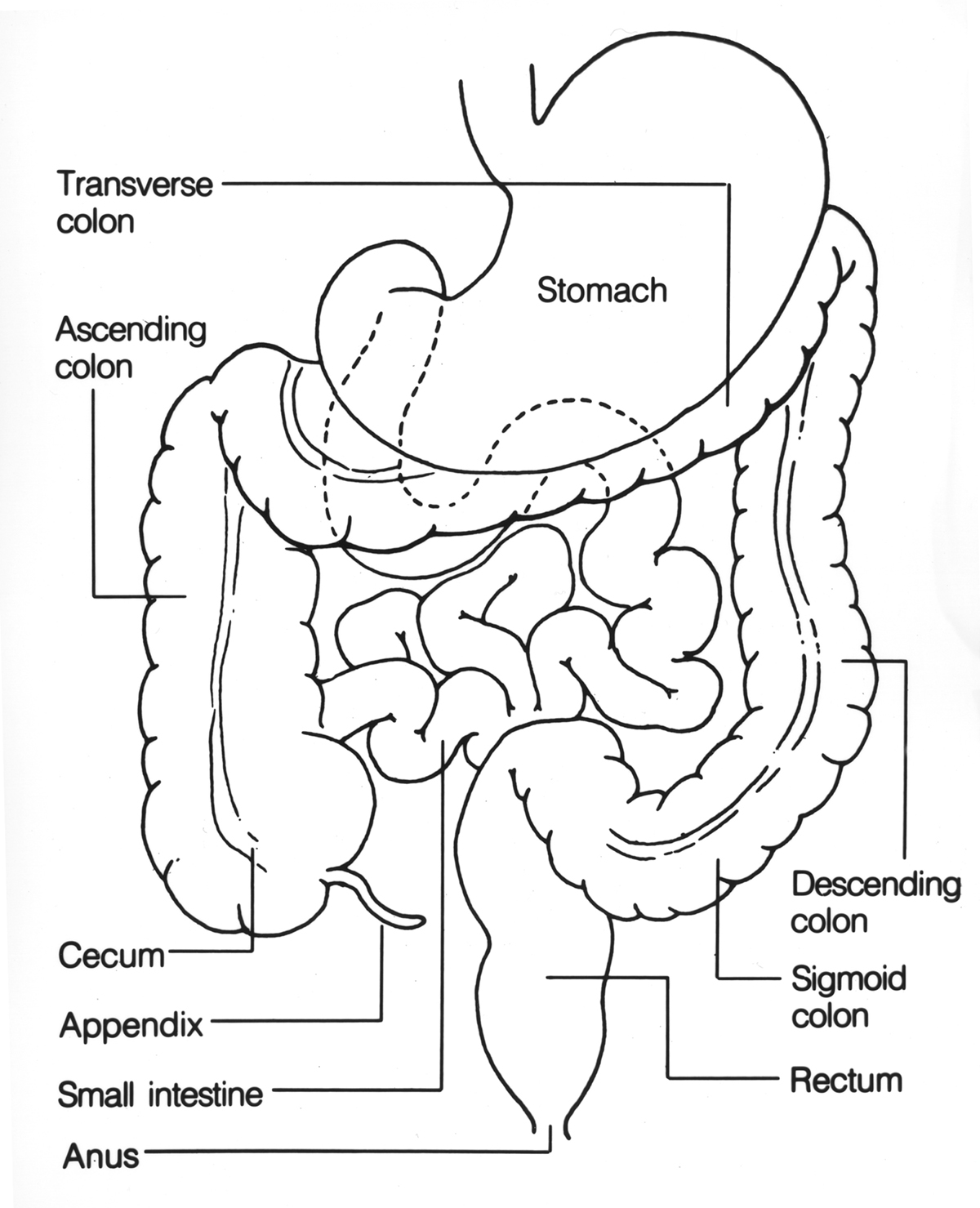

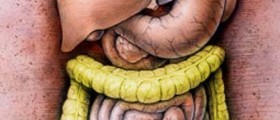

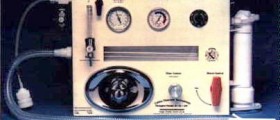

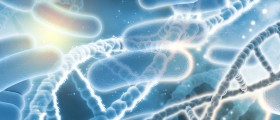
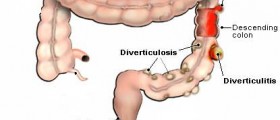
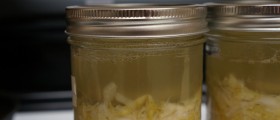

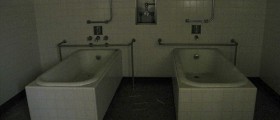
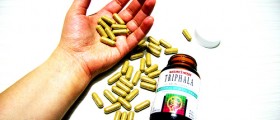
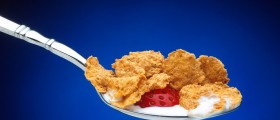



Your thoughts on this
Loading...